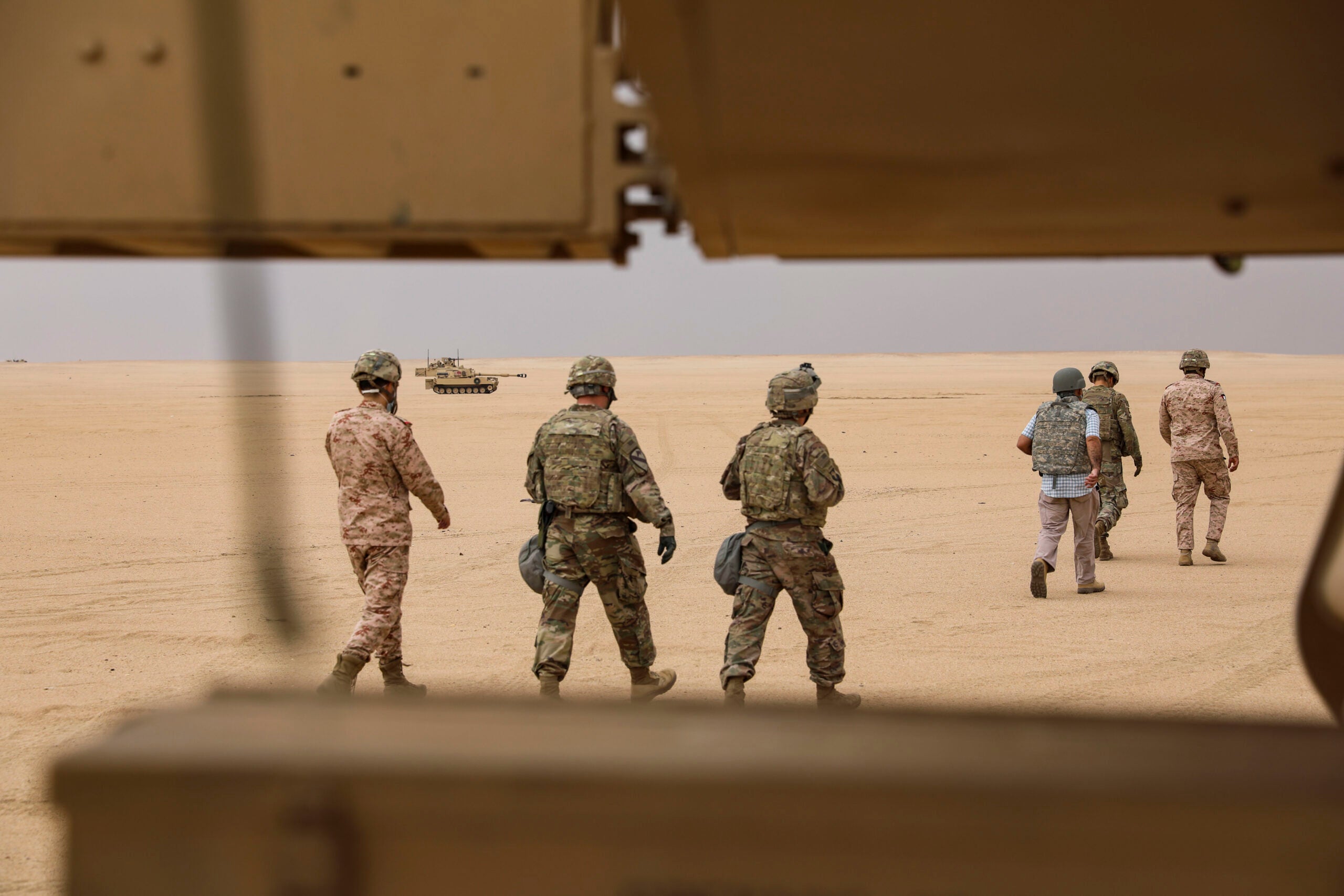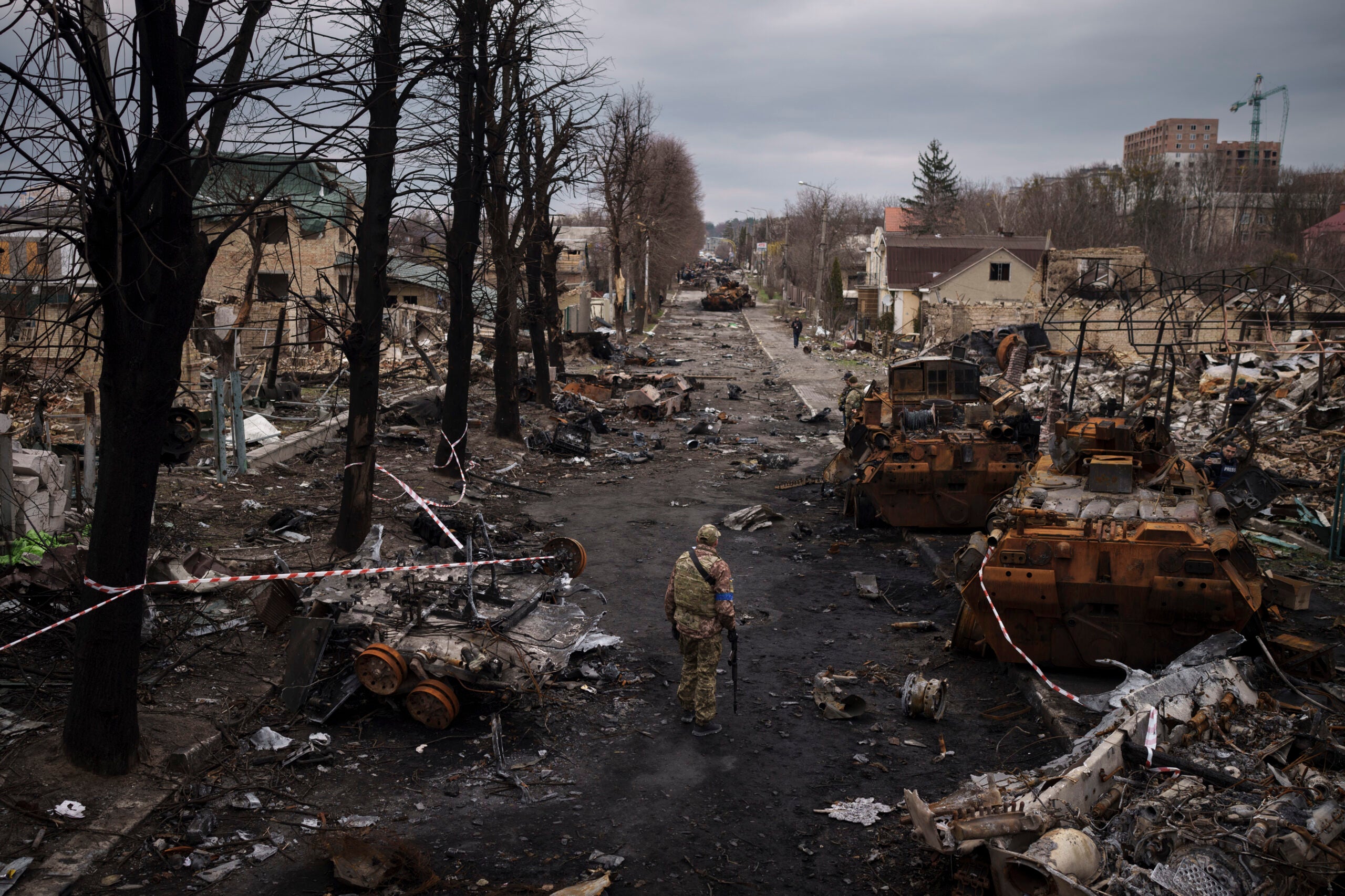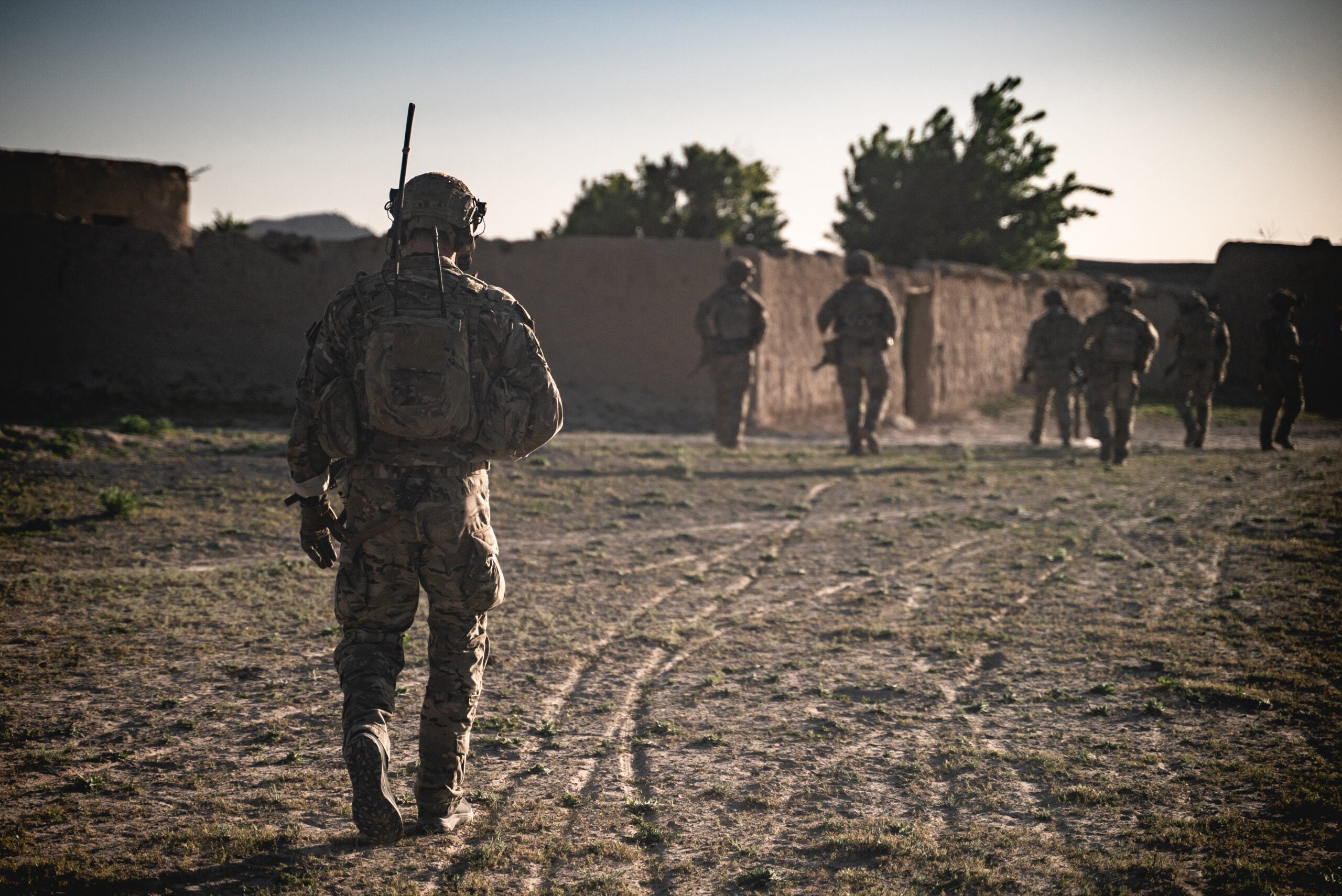The Army is in the midst of a total overhaul in how it trains junior officers. For two decades, training focused on the wars in Iraq, Afghanistan and elsewhere as the umbrella of the Global War on Terror broadened to encompass counterinsurgency operations not just in the Middle East, but a range of other regions. Now, the attention has shifted toward potential adversaries with conventional militaries of their own.
In other words: GWOT is out. China and Russia are in.
The Maneuver Captain’s Career Course at Fort Benning, Georgia, has been changing the way they train junior Army officers, Lt. Col. John Dolan, the course’s chief of tactics, told Task & Purpose. Because the U.S. spent 20 years at war in the Middle East, the curriculum captains went through focused overwhelmingly on counterinsurgency. The scenarios soldiers were run through were mostly in Iraq, Dolan said.
But about a year and a half ago, the new commander of the Maneuver Center of Excellence at Fort Benning, Maj. Gen. Patrick Donahoe, told them to shift gears: they needed to focus on large-scale combat operations, or LSCO, instead of counterinsurgency. They’ve been working through that ever since.
“We basically made this cognitive break with the Middle East,” Dolan said. “No more Iraq, we’re getting out of countries that are touching Iran, stuff like that. Like alright let’s think about East Asia, let’s think about Eastern Europe, think about peer threats … let’s get rid of the hybrid stuff. Let’s make it hard.”

Subscribe to Task & Purpose Today. Get the latest in military news, entertainment, and gear in your inbox daily.
While the objective seems simple because the Pentagon has been talking about Russia and China so consistently over the last several years, it’s no small task to change a generation’s mindset when it comes to combat. It’s not just training new privates or officers, but re-training those who have been in for several years, who have only known the Army through the lens of counterinsurgency and the wars in Iraq and Afghanistan.
Donahoe told Task & Purpose he went out to observe the Cavalry Leader’s Course, where officers and noncommissioned officers are trained in the planning and execution of reconnaissance operations. He asked to be walked through what students were doing that day in training, to which an instructor explained that they were doing area reconnaissance, consisting of four buildings inside a village.
“‘We’re going to go in and we’re going to isolate them and we’re going to do reconnaissance,’” Donahoe recalled being told. “I said okay, and so what’s the reconnaissance objective? ‘The police chief.’ Okay guys, that’s not large-scale combat operations. So what we talked about was, we’ve got to actually get off … Middle Eastern map sheets. We’ve got to get off Iraq and Afghan map sheets. We’ve got to force ourselves to be uncomfortable.”
He recalled another moment when he dropped in on a company during basic training, walking with them as they did a ruck march, asking the soldiers about their experience so far. The drill sergeants ordered a “tactical pause,” pushing soldiers to the sides of the road, Donahoe said. And then one drill sergeant gave them a tactical task: They were to secure a building for a key leader engagement site.

“When this sergeant is thinking, ‘Hey I gotta give these guys a tactical task, oh hey I’ve had to secure buildings and sights for key leader engagements in Afghanistan, Iraq, wherever — so that’s a tactical task.’ That’s the first one that comes to mind,” Donahoe said. “That’s what we’ve got to break.”
The captain’s course at Benning splits into two phases, the company phase and battalion phase. The company phase is based on five scenarios, which have been totally re-imagined to fit in with the course’s new focus. It focuses on an East Asia location called Olvana, which coincidentally looks, thinks, and operates a lot like China. It’s part of the Army’s Decisive Action Training Environment (DATE), a “training adversary system,” according to its website.
During the company phase, soldiers run through “blocking and tackling” tactical scenarios, like learning how to attack with an infantry company to seize a hill that the Olvanans have. They learn about Chinese equipment, what a Chinese tank looks like, how their military is organized, and how they fight. It sounds simple but it’s something they haven’t really been taught before.
Where the company phase went through “major surgery” to focus on China, Dolan said the battalion phase was already somewhat focused on Eastern Europe, particularly in combating a country known as Donovia. Battalion phase focuses more on “higher-level planning,” Dolan said. (And wouldn’t you know it — Donovia’s capital is a city named Moscow.)
And it’s not just how the Russian military looks, though that’s part of it. The training is also about what fighting in Eastern Europe would look like. Wading through dense vegetation, for example; over streams and around rivers — environments the military has not really had to think about for a long while.

“What our students are doing is just, okay here’s a 40 by 60 kilometer piece of ground that is loaded with forest, very canalizing terrain, very narrow corridors with population centers mixed in,” Dolan explained. “And just watching them rack their brains on how to think about that and how to maneuver and not get killed in that area because it would be very dangerous, it could be a knife fight in there.”
Watching how Russia has operated in Ukraine, Dolan said they’re not “fighting as well as we thought they would be fighting,” but they are using the same kind of equipment that their students think about. When talking about the Russian military with their students, Dolan said they give them the hardest realistic scenarios, and frankly, having a 40-mile convoy stalling out and becoming a sitting duck hasn’t been part of that.
They teach students from the standpoint that the Russian and Chinese militaries will be sustaining themselves for a long period of time, and that if they were fighting NATO, they might do things differently. The last thing they want students to do is underestimate Russia based on what they’re seeing, and be caught by surprise.
And really, because there is such a “wealth of knowledge” about Russia, Doland said, it’s easier to teach that part of the course than it is with China. The course has never had in-depth instruction on what the Chinese military looks like and how it fights, and particularly how it will fight differently than Russia.
And it’s not just the junior soldiers and officers who are changing how they train. From top to bottom, Donahoe said, the training mindset has to shift. That includes things as simple as what the targets look like when soldiers are learning to clear a house. Having the targets in that kind of training be men in Middle Eastern clothing, while the no-shoot targets are women in hijabs holding a child, is “probably the wrong imagery we want,” Donahoe said.

At Fort Benning, he said, there is a historical site from the 1920s. It’s a World War I-era trench system, where junior infantry officers trained and learned how to fight. It’s since been preserved, and Donahoe said it’s an example of what the Army should do with training sites from the last 20 years.
“Put the historic marker down — this is where we trained for the Global War on Terror. This is how we trained soldiers at Fort Benning to go to Iraq, to go to Afghanistan. That would be good,” he said. “To mark that as a historical site. It will liberate us to focus on the future.”
The latest on Task & Purpose
Want to write for Task & Purpose? Click here. Or check out the latest stories on our homepage.
